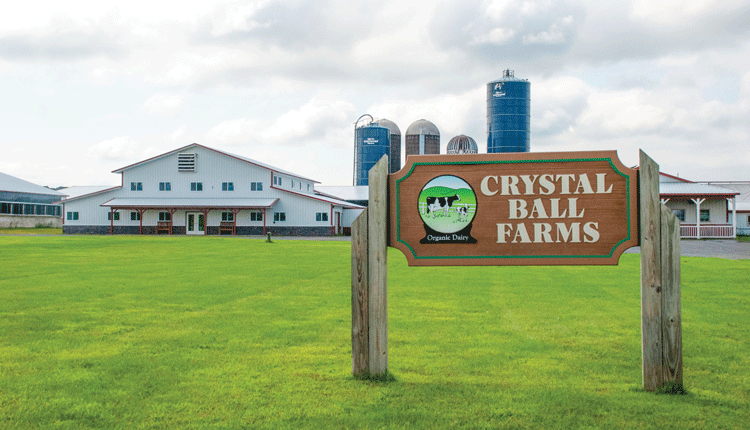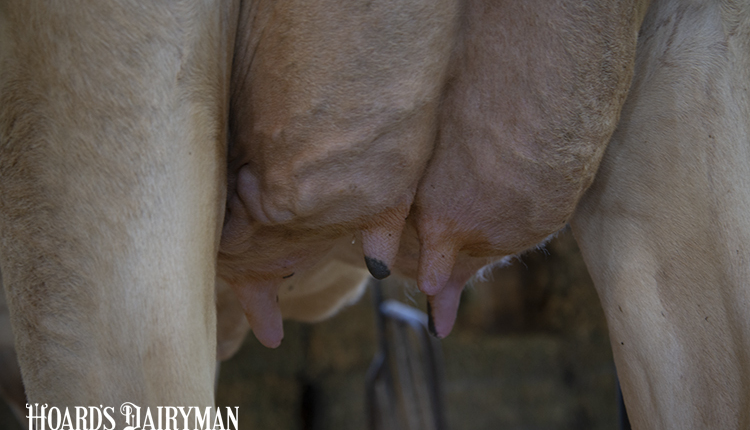
When farms grow, it can become more difficult to maintain a certain level of quality. Employees can be spread thin, which may result in slip-ups during milking, calves not being fed milk at the right temperature, alleyways not being kept as clean as they should be, or a number of other things. The same can be said about a cooperative that innovates its business and begins to expand.
Greg Soehnlen from the Michigan Milk Producers Association (MMPA) spoke at the regional meeting of the National Mastitis Council in Lansing, Mich., about this very topic.
“One of the processing plants is based in Ohio, and today our milk is shipped as far as Florida. That kind of transportation feat has a chain reaction of changes that need to be made,” Soehnlen said.
When the company started to investigate how far they could reach, this affected milk quality, but milk quality also influences innovation. If milk quality is not up to par, shipping it to a more distant location will not work. However, quality can mean a lot of different things besides a low somatic cell count. Shelf life is also important.
Soehnlen discussed milk quality differences in various states and retail chains. For example, if the milk wasn’t refrigerated properly, the product’s quality was reduced by the time it reached the consumer. When shelf-life issues arose, restaurants started to replace dairy with milk alternatives in food and drinks they served.
“That’s an advantage of milk alternatives such as almond milk, as they have no shelf life to restrict them,” Soehnlen mentioned.
However, when the co-op adjusted the quality of the milk through processing, the stores put dairy back on the menu.
It was a problem that needed solutions from food science and marketing teams. They altered their processing and helped their customers understand how the products needed to be handled to ensure the quality was maintained. Throughout these learning processes, they discovered milk quality is a constantly evolving standard.
Milk quality may start on the farm – in a parlor, tie stall barn, or robot – but this work continues far beyond harvest, maybe even to the farthest reaches of the country or the world. With improving technology, more knowledge about processing milk, and a wide variety of dairy products to market, the possibilities are endless.








